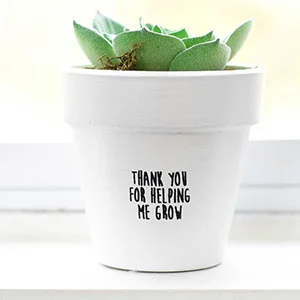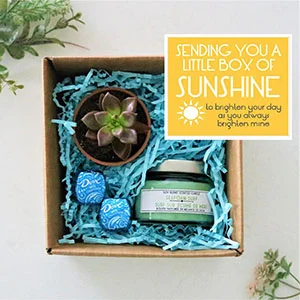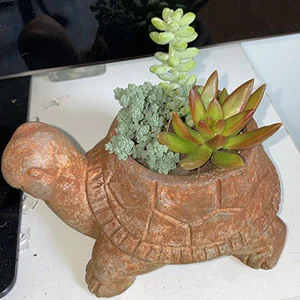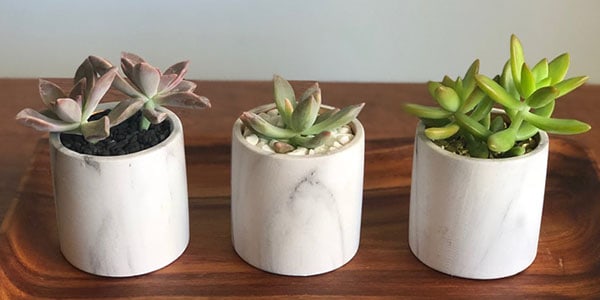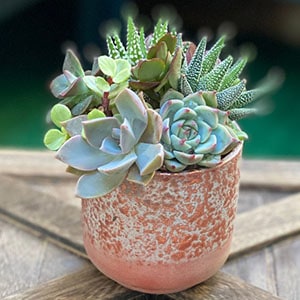10 Unexpected Benefits of Succulents That Will Blow Your Mind
Did you know that succulents are not just popular for their beauty and easy care? They have so many other awesome uses and benefits too! In this article, we’ll explore ten amazing ways succulents can enhance your home. If you don’t have succulents yet, you’re in for a treat! Get ready to discover the marvelous wonders these plants can bring into your life.
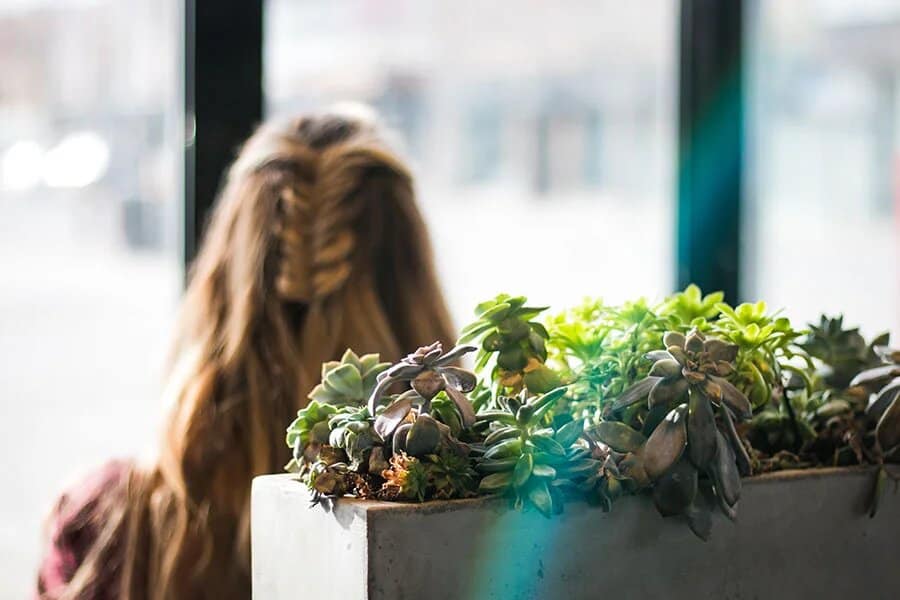
Contents
- 1 What Can Succulents Do for You?
- 1.1 1. Breathe Better with Succulents – Even at Night!
- 1.2 2. Purify the Air with Succulents
- 1.3 3. Harness the Healing Power of Succulents
- 1.4 4. Boost Your Focus and Productivity
- 1.5 5. Easy to Care For
- 1.6 6. Adaptability at its Finest
- 1.7 7. Reduce Stress with Succulents
- 1.8 8. Perfect for Gifting
- 1.9 9. Let Creativity Bloom with Succulents
- 1.10 10. Discover Tasty Treats Among Succulents
- 2 The Benefits of Succulents in a Nutshell
What Can Succulents Do for You?
Let’s explore the incredible succulent plants benefits that make them a must-have in your home.
1. Breathe Better with Succulents – Even at Night!

Did you know that succulents can actually help improve the air quality in your home? Through a process called photosynthesis, succulents release oxygen while absorbing carbon dioxide, keeping the air fresh and clean. Some succulents, like the snake plant, aloe vera, and Christmas cactus, even produce oxygen at night. Placing these plants in your bedroom can provide you with a fresh boost of air while you sleep, leading to a better night’s rest.
2. Purify the Air with Succulents
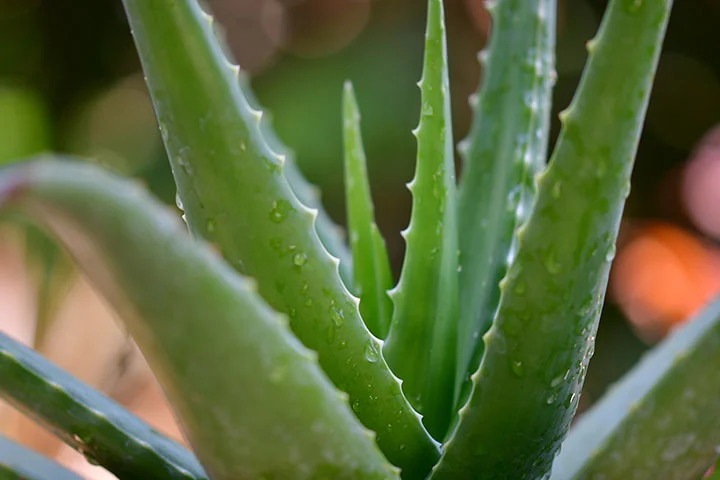
Certain types of succulents, such as the snake plant and aloe vera, are excellent at removing toxins from the air. Studies, including those conducted by NASA, have shown that snake plants can eliminate up to 87 percent of volatile organic compounds like formaldehyde and xylene. These harmful substances can be found in everyday items like rugs, cigarette smoke, books, and ink. Adding these air-purifying succulents to your home or study area can create a healthier environment for you to breathe in. Plus, succulents also help humidify the air, further improving the air quality.
3. Harness the Healing Power of Succulents
Did you know that many succulents possess healing properties? Throughout history, succulents like agave, aloe vera, cacti, stonecrops, and yucca have been used to treat a variety of medical issues. Agave, for example, has antiseptic and anti-inflammatory properties and has been traditionally used to heal cuts and burns. Aloe vera is known for its ability to reduce inflammation, both internally and externally. Some cacti, like prickly pear, contain beneficial nutrients and antioxidants. While more research is needed, these succulents have shown promise for treating conditions such as stomachaches, cuts, burns, high blood pressure, and joint pain.
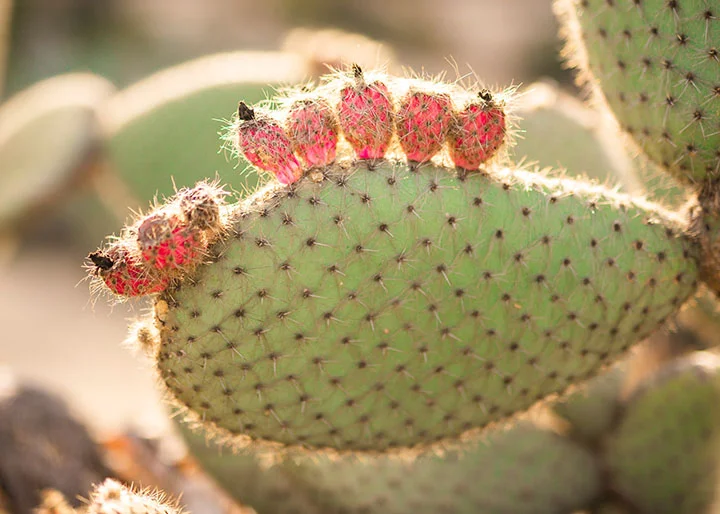
Related Post:
16 Remarkable Kalanchoe Benefits That You Must Know About
4. Boost Your Focus and Productivity

Having succulents in your workspace can do more than just make it look pretty. Studies have shown that having plants in the room can improve concentration, attentiveness, and memory retention. One study conducted by the University of Michigan even found that memory retention improved by 20 percent when plants were present. Succulents, with their compact size and unique textures, are especially great for bringing a little nature into your workspace without taking up too much space. So, not only will succulents make your desk look more inviting, but they can also help improve your productivity and focus.
5. Easy to Care For
One of the best things about succulents is how low-maintenance they are. These plants don’t require a lot of water, making them easy to care for. Just make sure to choose the right succulents for your environment, such as low-light succulents for indoors and sun-loving succulents for outdoors. Even if you make a mistake in placement, succulents are known for being hard to kill. So if you’re a busy person or new to gardening, succulents are a great option for adding some greenery to your space without too much hassle.
6. Adaptability at its Finest
Succulents have a remarkable ability to adapt to different circumstances. Coming from arid regions, they are used to extensive sunlight and less water. However, when placed in wet and humid environments, they quickly adjust to the new climate conditions. Their resilience and adaptability make them ideal plants for various climates and settings, allowing them to thrive and grow with the right care.
7. Reduce Stress with Succulents
Taking care of your succulents can have a positive impact on your well-being. Studies have shown that tending to plants can reduce blood pressure, calm the mind, and help recover from a stressful day. Succulents, with their low-maintenance nature, can offer an even greater stress-relief factor. By following basic care tips, you can easily care for your succulents and enjoy the tranquility they bring to your space.
8. Perfect for Gifting
Looking for a unique and thoughtful gift? Succulents and cacti arrangements make excellent presents. They are affordable, easy to transport, and require minimal care, making them perfect for anyone, even those without a green thumb. Consider gifting a succulent container or basket to bring some health and natural beauty into someone’s life. Succulents and cacti are not only aesthetically pleasing but also offer numerous health benefits.
Related Post:
15 Creative Succulent Gift Ideas for Succulent Lovers
9. Let Creativity Bloom with Succulents
Succulents are incredibly versatile and can be used in various creative ways. Whether they’re showcased as a centerpiece at coffee houses or integrated into wall hangings, succulents add a touch of natural beauty with minimal effort. Their ability to survive in harsh conditions until they are repotted or transported makes them ideal for unique arrangements and designs. So, if you’re looking to add an artistic touch to any space, succulents are your perfect green companions.
10. Discover Tasty Treats Among Succulents
While not all succulents are edible, there are select types that can be enjoyed as a snack. For example, sea beans, pineapple, yucca, and certain species of cacti like opuntia and saguaro have culinary uses. However, it’s important to note that not all succulents are safe to eat, so it’s essential to do thorough research or consult an expert before trying any edible succulents.
The Benefits of Succulents in a Nutshell
When it comes to the benefits of succulent plants, it’s clear that they offer a wide range of advantages, from improved air quality to healing properties and stress reduction. So don’t hesitate to expand your succulent collection and create a soothing sanctuary right at your fingertips.

